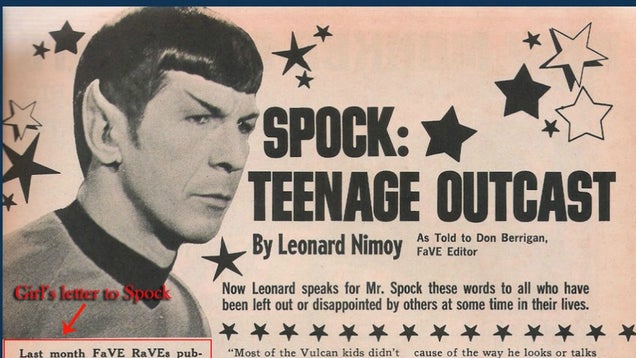The paradox of the multiracial identityPosted in Articles, Autobiography, Identity Development/Psychology, Media Archive, Passing, United States on 2017-04-24 01:36Z by Steven |
The paradox of the multiracial identity
Adolescent
2017-04-18
Sarah Racker, Graphic Designer
Portland, Oregon
I am a multiracial American; my mother is Okinawan, my father is German and Australian. My grandparents came from four different continents. I identify as both Asian and Caucasian, and although I am often identified on the outside as not quite white and not quite “ethnic,” I easily pass for white in a world obsessed with color and race.
Multiracial people face a perplexing paradox. We are not fully white, and yet not fully “not white” enough to be considered a person of color (POC). Growing up biracial, I identified strongly with Spock (yes, from Star Trek). Spock is half Human and half Vulcan, and is ostracized by both halves of himself for not quite belonging to either culture.
Teresa Williams-León, a professor of Asian-American studies at California State University, Northridge, uses Spock as an object lesson in her class, “Biracial and Multiracial Identity.” She sees the parallels between Spock’s inner conflict between his Vulcan and Human identity. “He had to subdue his emotional side to become more cerebral and logical,” she said. “So that’s problematic. But it’s an interesting way of looking at how biracial people have had to suppress aspects of themselves, or one part of themselves.”…
Read the entire article here.

